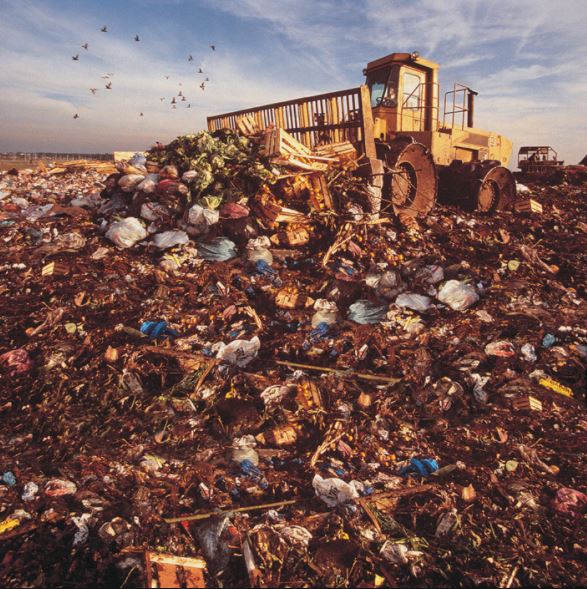With the help of edx.org we learned more about Sustainable Soil Management. We found the course (Module 7) which talked about soil pollution interesting. In this module, we learned about a distinction between point pollution and diffuse pollution. We also learned about the main sources of soil pollution, how different pollutants behave in the soil and why it is important to know about natural background levels of heavy metals in soils.
There are many different sources of soil pollution. Some main sources are industrial sources, urban sources as waste and traffic, and agricultural sources. These sources all release pollutants and these pollutants are then mostly transported in three different ways.
The first one is via air. Transportation via air is a very widespread, long range transport and it can be carried over thousands of kilometres to other places. The pollutant which are in the air are then deposited by rain fall, snow, or by dry position as particulates into the soils.
The second next important transport way is water. If waste water is not sufficiently cleaned, it ends up into the rivers and is there transported over thousands or hundreds of kilometres to many different cities and many even countries.
Could you imagine what would happen when dirty water would be used to water agricultural soils or what would happen if dirty rivers would overflow?
The third transportation way is a more direct pathway and that is land deposition. This means Pollutants can be directly deposited on land.

But the big question is how organic pollutants get into the soil and into our plants and into the water in the soil?
The answer this question, you need to imagine these pollutants are deposited on the soil and it rains afterwards. If this takes place on a smooth slope or a bigger slope, these pollutants can be transported with the rain water and end up into lakes and rivers downstream. What can also happen is that the pollutants can be transported in the soil water and can enter “clean” ground water sources.
Another thing that can happen is that the pollutants remain in the soil. This depends on the properties of the pollutants. Pollutants can be strongly adsorbed by the soil and they remain there for many years, depending on their decay. Organic pollutants undergo different durations of decay and these decays can vary between several hours and decades of years.
We hope you learned something new and interessing just as we did :)
Kind regards, Cindy & Alexa
Links: learning.edx.org